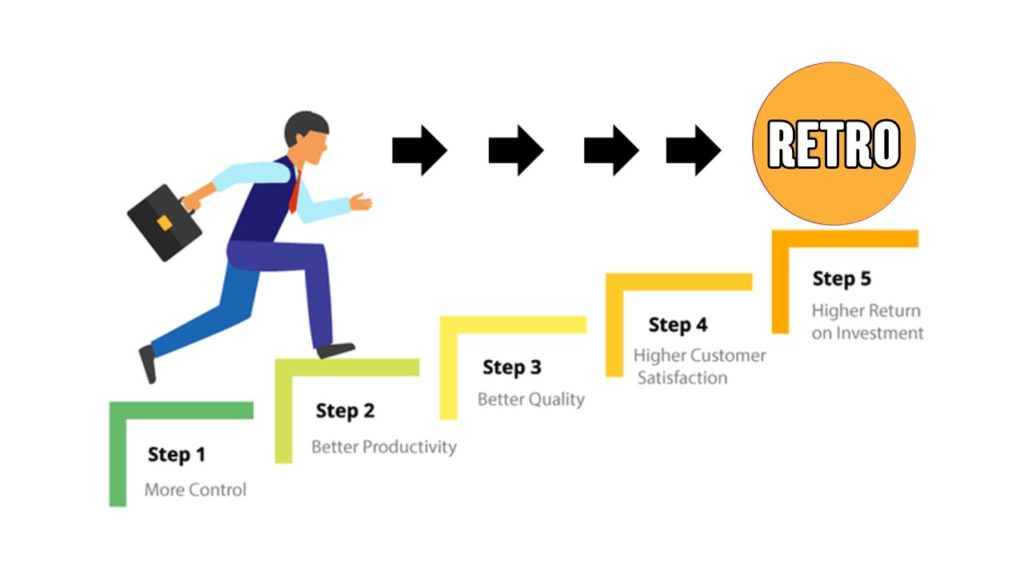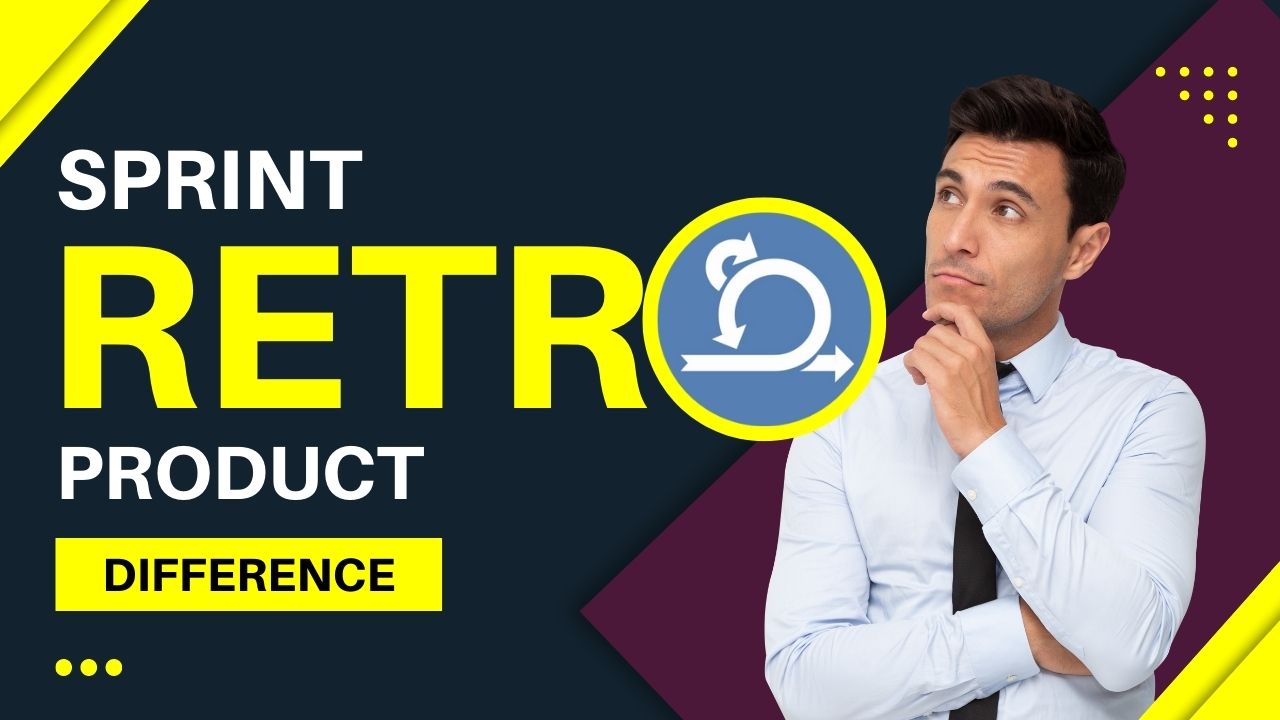What is Retrospective Meeting and Why you should use it?
Embarking on the Scrum journey is an exciting venture, and at the heart of this methodology lie two crucial practices – the Sprint Retrospectives and Product Retrospectives.
In the latest enlightening video from the Dejan Majkic YouTube channel, we unpack the significance of this retrospective meeting for Scrum beginners and enthusiasts.
What is Retrospective Meeting?
The Retrospective is not merely a look back; it’s a forward-focused strategy within Agile methodology. This dedicated space allows teams to reflect on past experiences, celebrate successes, and identify opportunities for improvement.
I encourage you to watch the video below to get more of the context:
What is Sprint Retrospective Meeting in Scrum?
At the conclusion of each sprint, the Sprint Retrospective takes center stage. This recurring meeting is the cornerstone for evaluating the sprint’s performance, addressing what went well, and identifying areas for improvement. It’s a pivotal session fostering a culture of continuous improvement within the Scrum framework.
What is a Product or Project Retrospective?
Zooming out to a broader perspective, we encounter Product or Project Retrospectives. These sessions extend beyond the sprint, providing an opportunity to reflect on the overall project or product. It’s a holistic examination, considering long-term strategies and adjustments.
Why is Product Retrospective important and why you should use them?
Product Retrospectives play a pivotal role in long-term success. Offering a strategic overview, these sessions align team efforts with overarching project goals. The insights gained contribute to informed decision-making and the continuous refinement of project strategies.
What happens when you avoid doing retrospectives?
Avoiding retrospectives is akin to neglecting a compass on a journey. Without these crucial sessions, teams miss out on valuable insights and opportunities for improvement. The consequence is stagnation – a failure to evolve, adapt, and ultimately deliver optimal results.
What are the 3 retrospective questions?
The classic three retrospective questions guide teams to:
- Reflect on what went well.
- Identify areas for improvement.
- Commit to specific actions for the next sprint.
What is the purpose of the sprint retrospective?
The sprint retrospective serves a dual purpose: celebrating successes and identifying areas for improvement. It provides a structured forum for teams to reflect, learn, and adapt, fostering a culture of continuous improvement.

How do you conduct a sprint retrospective?
Conducting a sprint retrospective involves gathering the team to openly discuss what went well, and what could be improved, and committing to specific actions for the next sprint. This collaborative process focuses on openness, communication, and a commitment to ongoing enhancement.
Open Discussion on Successes and Challenges:
1. Celebrating Successes:
The retrospective kicks off with a celebration of successes achieved during the sprint. It’s a moment for team members to share positive outcomes, commend each other’s efforts, and recognize accomplishments. This celebration not only boosts morale but also reinforces positive behaviors and practices.
2. Identifying Areas for Improvement:
The core of the retrospective lies in openly discussing areas that could be improved. Team members share insights into challenges faced, bottlenecks encountered, or any hurdles that impede progress. This open dialogue fosters a culture of transparency, allowing everyone to contribute their perspectives without judgment.
Concrete Actions for the Next Sprint
3. Collaborative Brainstorming:
Following the discussion, the team engages in collaborative brainstorming to generate actionable insights. This phase involves proposing and discussing specific actions that can be implemented in the next sprint to address identified challenges and further enhance successful practices.
4. Prioritizing Action Items:
Not all insights are created equal, and prioritization becomes key. The team collectively prioritizes the proposed actions, focusing on those with the most significant impact on overall improvement. This ensures that efforts are directed toward the most critical areas, optimizing the team’s effectiveness.
5. Commitment to Ongoing Enhancement:
The sprint retrospective isn’t a one-time event; it’s a commitment to continuous enhancement. Team members pledge to implement the agreed-upon actions in the upcoming sprint and remain dedicated to refining processes and practices as they evolve.
Fostering a Culture of Openness and Communication
6. Facilitated by a Scrum Master:
The Sprint Retrospective is often facilitated by the Scrum Master, whose role is to ensure the meeting stays focused, encourage open communication, and guides the team through the retrospective process. Their objective is to create a safe space where team members feel comfortable expressing their thoughts and ideas.
7. Regularly Scheduled and Time-Boxed:
To maintain consistency and prevent retrospectives from becoming overly lengthy, they are typically scheduled at the end of each sprint and time-boxed to ensure a focused and efficient discussion. This regular cadence ensures that the team is continually learning and adapting, fostering a rhythm of improvement.
Download Free Retrospective Meeting Resources
Download our Retrospective Meeting Agenda and 6 Retrospective Templates for free. Simply send an email to agileandscrummasterclass (at) gmail.com with the SUBJECT: Retrospective Templates, and we will send it to you immediately.
Conclusion
Embracing Sprint and Product Retrospectives is not merely adopting practices; it’s a mindset shift toward constant evolution and excellence in the dynamic landscape of Agile and Scrum.
To delve deeper into these concepts and explore how other Scrum events work in practice, enroll in the Free Scrum Course here.
Remember to hit that like button, subscribe to the Dejan Majkic YouTube channel here, and join the Agile and Scrum community on Facebook.
Enhance your Scrum journey today – watch, learn, and evolve with Dejan Majkic’s Agile and Scrum Blog.
RELATED ARTICLE: The Sprint Retrospective Meeting in Scrum: A Comprehensive Guide
